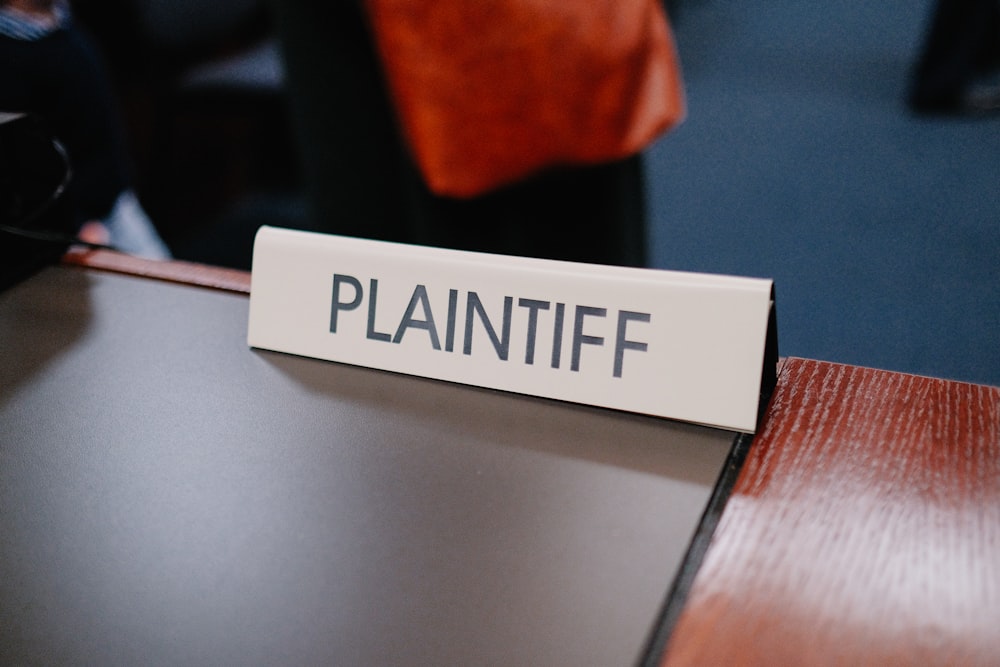Introduction
Embarking on a legal journey can be daunting, but understanding the key steps and strategies involved in the legal process can help demystify the path ahead. In this article, we’ll explore the essential elements of the legal process and provide insights into navigating it effectively.
Navigating the Legal Landscape
The legal process encompasses a series of steps designed to resolve disputes, enforce rights, and administer justice. From the initial filing of a claim to the final resolution of a case, each stage of the process requires careful attention and strategic planning. Understanding the legal landscape is crucial for all parties involved, whether they are plaintiffs, defendants, or legal professionals.
Key Steps in the Legal Process
The legal process typically begins with the initiation of a legal action, which may involve filing a complaint, petition, or other legal documents with the appropriate court or administrative body. Once the action is initiated, parties engage in discovery, where they gather and exchange information relevant to the case. This may include documents, witness testimony, and expert reports. Following discovery, parties may attempt to resolve the dispute through negotiation, mediation, or other forms of alternative dispute resolution. If a resolution cannot be reached, the case proceeds to trial, where a judge or jury decides the outcome based on the evidence presented.
Strategies for Success
Success in the legal process often depends on effective strategies and tactics employed by parties and their legal representatives. One key strategy is thorough preparation, which involves gathering evidence, conducting legal research, and developing persuasive arguments. Another important strategy is communication, both with clients and opposing parties. Clear and effective communication can help manage expectations, resolve conflicts, and facilitate settlement negotiations. Additionally, parties must be adaptable and flexible, willing to adjust their strategies as circumstances evolve throughout the legal process.
Navigating Procedural Rules
Navigating the procedural rules of the legal process is essential for ensuring that cases proceed smoothly and efficiently. Each jurisdiction has its own set of rules governing matters such as filing deadlines, document formatting, and courtroom procedures. Parties must familiarize themselves with these rules and ensure compliance to avoid procedural pitfalls that could jeopardize their case. Legal professionals play a crucial role in guiding parties through the procedural maze, offering expertise and insight into the nuances of the law.
Managing Costs and Resources
Another aspect of navigating the legal process is managing costs and resources effectively. Legal proceedings can be time-consuming and expensive, requiring careful budgeting and resource allocation. Parties must weigh the costs and benefits of pursuing legal action and explore alternative dispute resolution options when appropriate. Legal professionals can help parties assess their options and develop cost-effective strategies for achieving their objectives.
Adapting to Challenges
Challenges are inevitable in the legal process, but with the right approach, they can be overcome. Whether facing unexpected legal arguments, adverse rulings, or courtroom setbacks, parties must remain resilient and adaptable. This may involve revisiting strategies, gathering additional evidence, or seeking creative solutions to legal obstacles. By remaining proactive and resourceful, parties can navigate challenges and move closer to a favorable outcome.
Conclusion
In conclusion, understanding the key steps and strategies of the legal process is essential for navigating the complexities of the legal landscape. By familiarizing themselves with the legal landscape, parties can better prepare for each stage of the process and increase their chances of success. With effective strategies, clear communication, and proactive problem-solving, parties can navigate the legal process with confidence and achieve their desired objectives. Read more about Legal process





